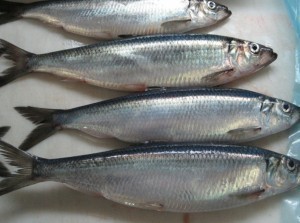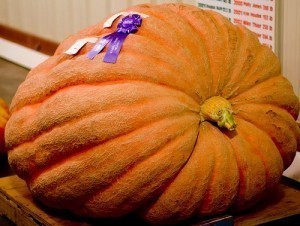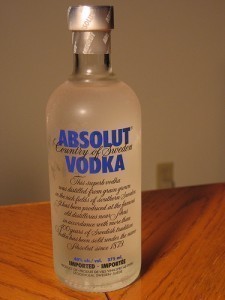Herring Sizes
The sizes of herrings depend on the subspecies. The Atlantic  herring (C. h. harengus) can reach lengths of up to 18 inches or 46 cm. They can weigh up to 1.5 lbs or 700 g. The Baltic herrings (Clupea harengus membras) measure from 14 to 18 cm. The Pacific herring can reach lengths of 15 inches (38 cm).
herring (C. h. harengus) can reach lengths of up to 18 inches or 46 cm. They can weigh up to 1.5 lbs or 700 g. The Baltic herrings (Clupea harengus membras) measure from 14 to 18 cm. The Pacific herring can reach lengths of 15 inches (38 cm).
General Information
The herring refers to a fish from the genus Clupea. Two species are known: the Pacific herring (Clupea pallasii) and the Atlantic herring (Clupea harengus). Both of the species are further classified into other subspecies.
The fish is found in the waters of the North Atlantic and the North Pacific. The species is also found at the Baltic Sea. The herrings are noted for traveling in masses. During the spring, the herrings head to the shores. This makes them easy prey for fishermen.
Physical Description
While the sizes of herrings vary, the features are the same for the 200 species that make up all the herrings. The fish are silver in color. They have a solitary dorsal fin. It does not have any spines. The lower jaw of the fish projects out. There is no lateral line.
Diet and Predators
The herring has numerous predators. They include the halibut, seabirds, salmon, dolphins, cod and porpoises. Other animals that feed on it are the striped bass, tuna, seals, dog fish, sea lions, sharks, whales and seals.
The young herring’s diet consists of phytoplankton. They begin to feed in bigger animals when they get older. The adult herring eats smaller fish and zooplankton. The zooplanktons are small animals that live near the top of ocean waters. The most common zooplanktons consumed by the herrings are crustaceans and copepods.
The adult herring also feeds on fish larvae. The herring feed at the surface during the evening. They do this because the predators are fewer during this time. During the day the herrings feed at the bottom of the ocean.
This pattern is followed regardless of the sizes of herrings involved. The fish are also noted for swimming with open mouths. This allows them to filter the plankton as it goes through the gills.
Commercial Use and Cuisine
In economic terms, the fish is very important in many countries and states. The herrings are collected mainly for their eggs and the meat. In some states, the herring is used as a batfish. Evidence indicates that as far back as 3000 B.C., the fish has been used as food.
The fish can be consumed raw. They can also be pickled, fermented or cured in various ways. Pickled herring is a favorite food in many countries in Europe.
Research has also shown that the fish is rich in Omega-3 fatty acids EPA and DHA. Whatever the sizes of herrings, it has been shown the fish is a good source of vitamin D.
The fact that herrings have been food staples for thousands of years shows how valuable they are to people. As the facts show, this still holds true today.





